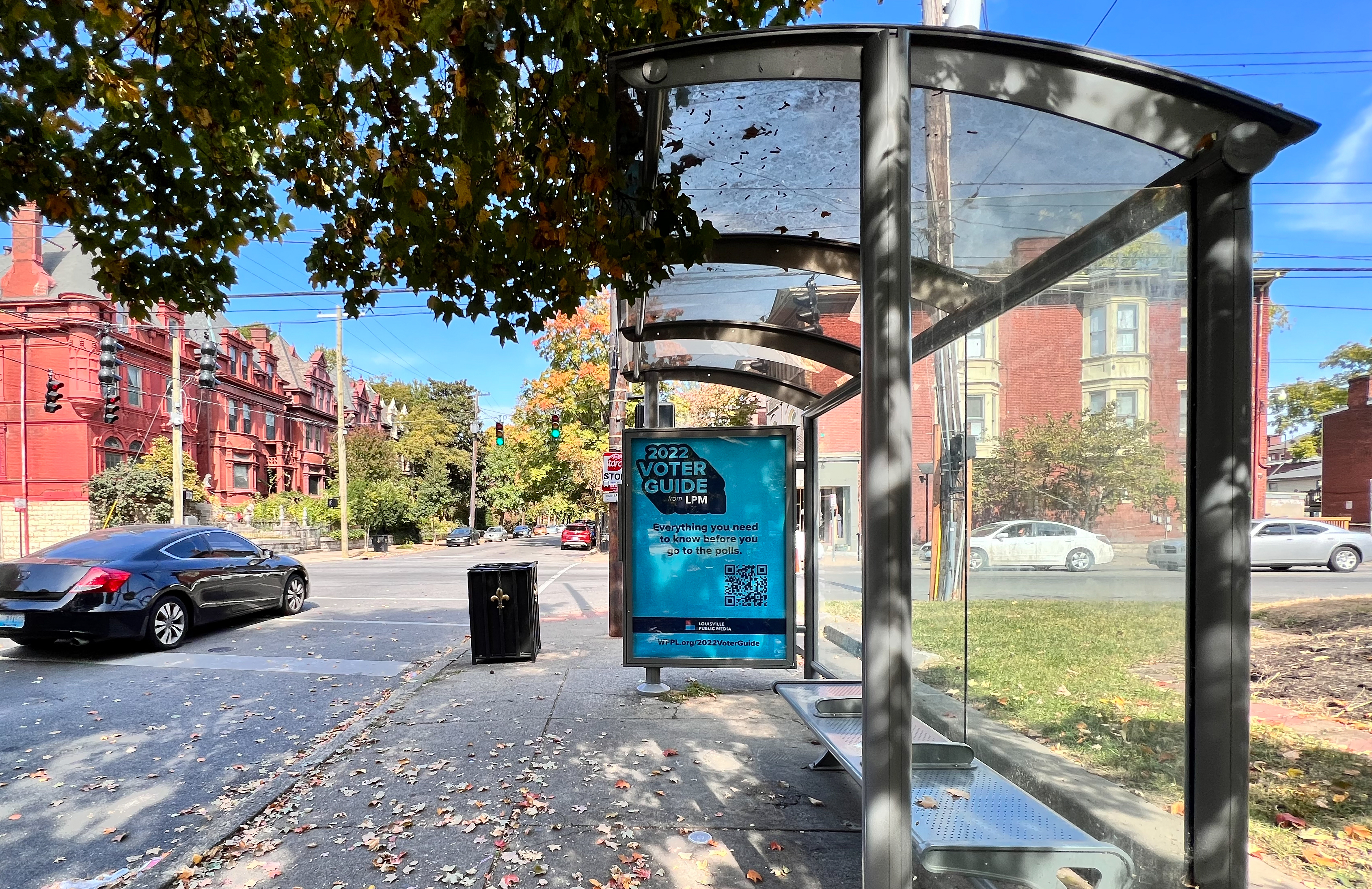5 things to know about Louisville Public Media’s initiative to build trust in the Black community
Ellen Oost and Gabrielle Jones, Louisville Public Media, Here’s an idea to steal and adapt: Learn how to build trust in the Black community by conducting extensive research, creating products and content that serve this audience, and showing up for the community.
Here’s an idea to steal and adapt: Learn how to build trust in the Black community by conducting extensive research, creating products and content that serve this audience, and showing up for the community. This is a series on Better News to a) showcase innovative/experimental ideas that emerge from the Knight-Lenfest Newsroom Initiative and b) share replicable tactics that benefit the news industry as a whole. This “win” comes from Ellen Oost, vice president of development and marketing, and Gabrielle Jones, vice president of content, both of Louisville Public Media (LPM). LPM participated in the UNC-Knight Foundation Tables Stakes program in 2021-22.
At Louisville Public Media (LPM), we know we can’t continue to grow by serving only the “typical” public media audience. Not only is it counter to LPM’s public service mission, but to be sustainable long-term, we must add audience members. A larger, more diverse audience will drive membership conversion, enabling us to expand our service to meet community needs. A big part of this is knowing that LPM must better serve Black and Latino residents. Here are five things to know about our approach.
We conducted extensive research.
We held several focus groups with West End residents to learn more about how, when and why they consume local media, and what products or services are most important to them. These focus groups were held in a West End venue and participants were paid. We talked to Black residents, ages 21-65, who said they seek out local/community news at least once a month. We used the information to refine current products — such as newsletters, events and podcasts — as well as develop a new video series.
Our research supported a greater effort in video.
We knew we needed to give Black residents the type of content they prefer. Video production is not a core competency of ours, so we worked with a local video contractor who was well-connected in the target neighborhoods. He worked alongside our news team to create six short videos highlighting life in West Louisville — from local business openings to community garden programs and academic enrichment programs. On average, we spent less than $200 per video, but each reached more than 36,000 viewers, with an average of more than 12,000 through-plays of more than 30 seconds per video. Considering our original goal was to reach 1,000 people with each video, it seemed to be working.
We also found success with a digital voter guide.
We created a digital voter guide and distributed and marketed it to our target audience to create exposure to typical LPM content in an effort to build awareness, trust and trial. We used outdoor ad boards and bus shelters in key neighborhoods and had a QR code to track mobile interactions with them. We purchased a list of registered voters in West End ZIP codes and mailed copies of the guide to homes and served accompanying IP-targeted digital ads to the guide. The guide received over 35,000 unique pageviews between publication and Election Day with an average time on page of nearly six minutes.
We invested in community engagement to address residents’ mistrust.
We had already been focusing editorially on serving this audience intentionally, so we didn’t realize the degree to which these challenges would persist. A very high percentage of focus group participants shared that they or someone close to them had personally been mischaracterized in a news story or were victims of another inaccuracy. Many of them likened “the media” to the police in terms of their trust and comfort. We learned right away that we needed to differentiate ourselves, but also that we had more community engagement work to do.
We made community listening a top priority.
The value of listening to the community about its needs and desires was strongly reinforced for us by this process. As we mentioned earlier, we went into this work thinking an email or podcast would be our best play, and our community made it very clear that was an incorrect assumption. We were wise enough to know not to move ahead with those plans without community feedback. But this process really reinforced for us that the best approach is a design-thinking method that starts with a community need. People just can’t be wrong about their own opinions and desires. (Full stop. That’s the sentence.)